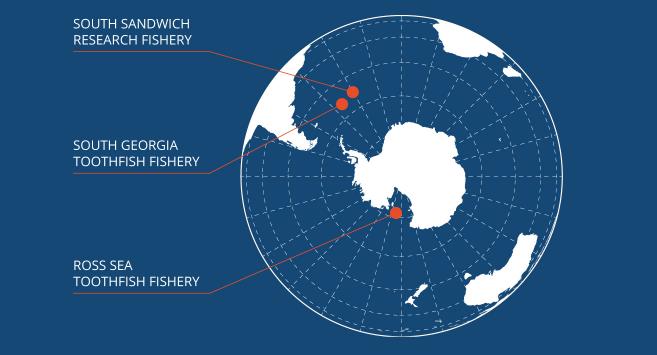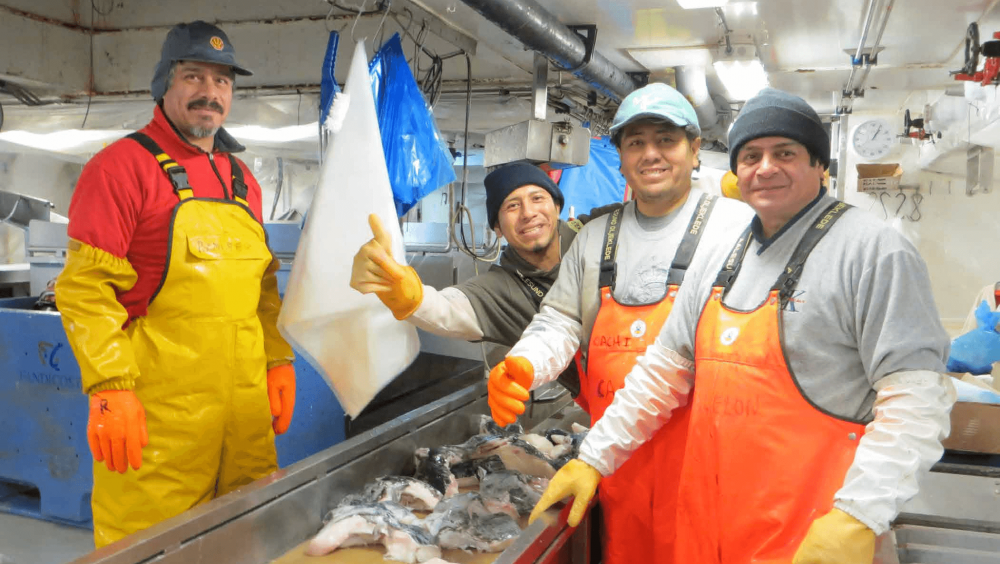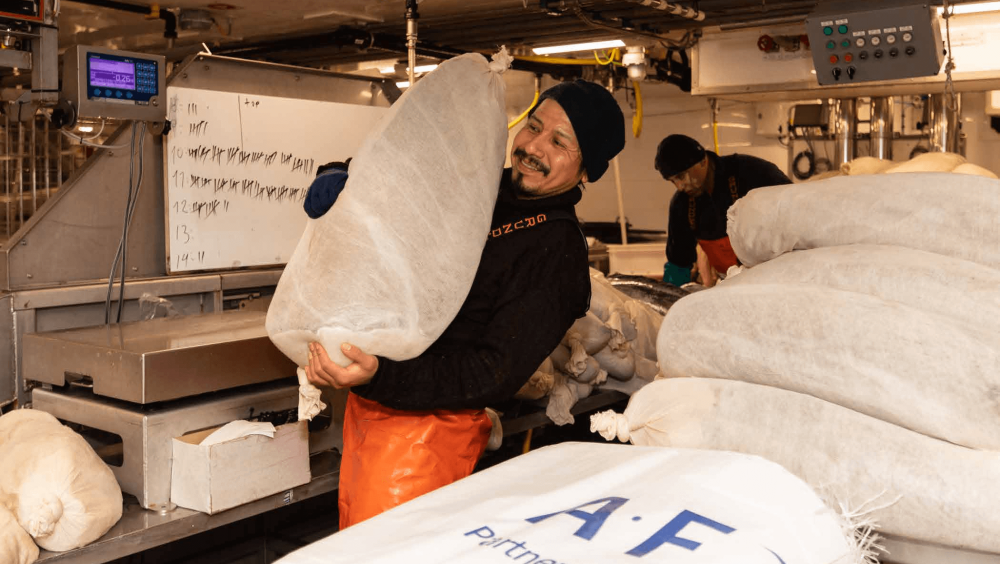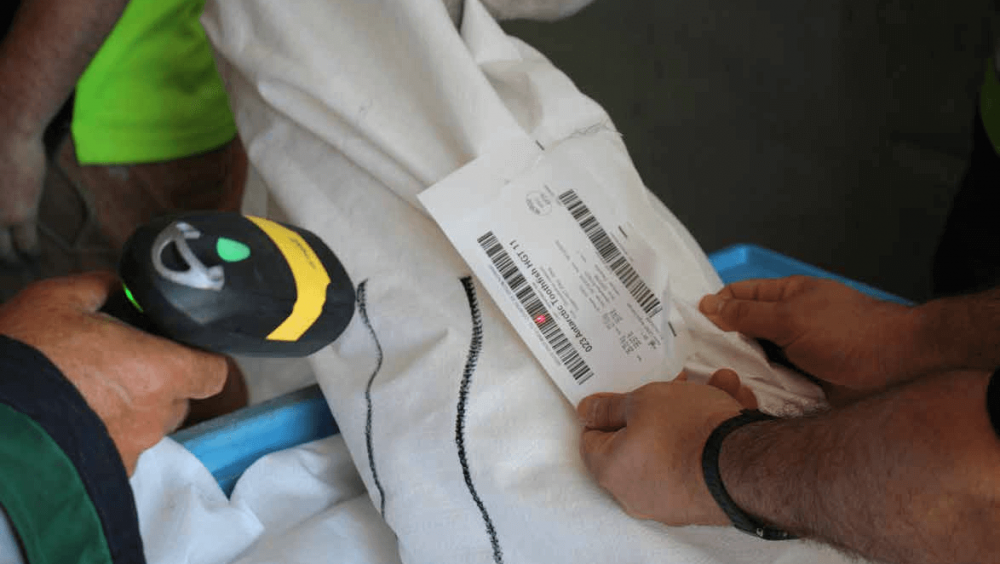Toothfish / Chilean Sea Bass
An introduction to toothfish
Known as the Chilean Seabass in the United States (or Merluza negra in Spanish-speaking countries), toothfish is not a relative of the Northern Seabass species, it is actually made up of two species, the Patagonian toothfish and the Antarctic toothfish.
The Antarctic toothfish (Dissostichus Mawsoni) inhabits the colder, more southerly reaches of the Antarctic oceans (generally south of 60 degrees), while the Patagonian toothfish (Dissostichus eleginoides) inhabits deep waters - up to 2000m, for larger individuals - north of 60 degrees, as far north as the fisheries of Argentina and Chile. They are long-living fish, regularly more than fifty years, with the Patagonian toothfish reaching more than two metres in length and 95 kg in weight.
Both species have pristine white, tightly-flaked flesh and high, healthy oil content that gives it a delicious buttery texture and taste, which - together with its ‘low-catch’ scarcity - makes it such a high value, highly desirable niche product in restaurants around the world.
Where we harvest toothfish
We fish for Patagonian toothfish from April to August in the waters of South Georgia. Our fishery here is located around the island and the plateau to the west, around Shag Rocks. It was first certified by the Marine Stewardship Council as being sustainable in 2004 and is continually monitored and audited.
We fish for Antarctic toothfish from December to February in the Ross Sea, an area conservatively operated by CCAMLR as an International Experimental Fishery.
- We developed line weighting protocols with the scientific community in South Georgia which have been adopted throughout CCAMLR Fisheries as the compulsory standard
- We have sponsored PhD students involved directly in toothfish related fields
- We have carried out formal trials to successfully reduce our benthic impact
- We have developed fishing practices to dramatically reduce our bycatch levels

We fish for Patagonian toothfish from April to August in the waters of South Georgia. A highly-prized catch demands the our fishery here is located around the island and the plateau to the west, fishing around Shag and most innovative methods outstanding, industry leading Rocks. It was first certified by the Marine Stewardship Council as being sustainable in vessels 2004 and is continually monitored and audited. We fish for Antarctic toothfish from December to February in the Ross Sea, an area conservatively operated by CCAMLR as an International Experimental Fishery.



